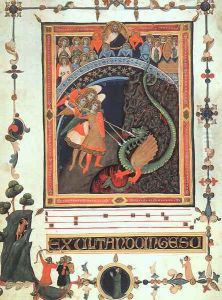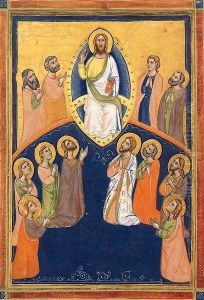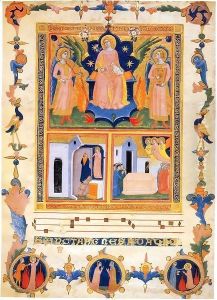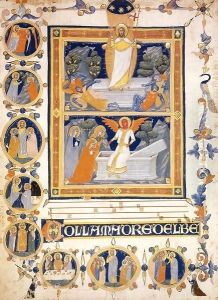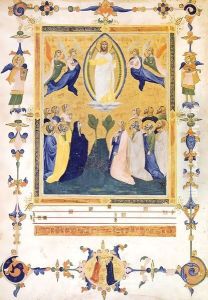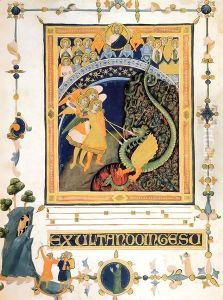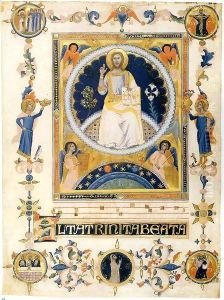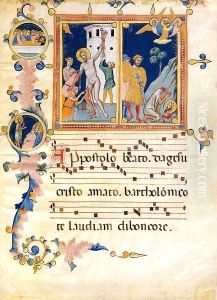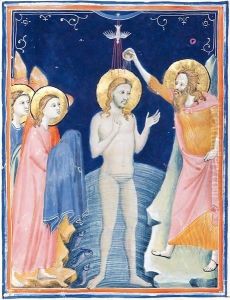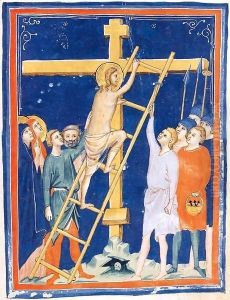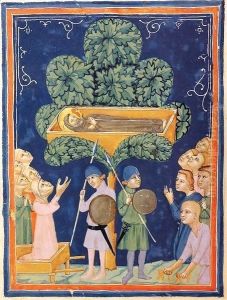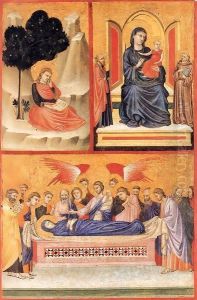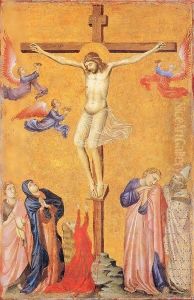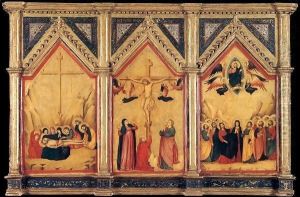Pacino di Bonaguida Paintings
Pacino di Bonaguida is a somewhat enigmatic figure in the history of Italian art, primarily active in Florence during the early part of the 14th century. Little is known about his life, and much of what we understand comes from the study of his works and the few historical records that mention him. He is considered one of the pioneers in the transition from medieval to Renaissance art in Florence, blending traditional Byzantine styles with emerging Renaissance sensibilities.
Pacino di Bonaguida's art is characterized by its vivid narrative quality and detailed depiction of religious themes. He was a contemporary of Giotto, and while Giotto is often credited with the innovations that led to the Renaissance, Pacino's contributions, particularly in manuscript illumination and panel painting, provide a crucial link in understanding the evolution of Western art.
Notably, Pacino di Bonaguida participated in the decoration of the Chiarito Tabernacle and is credited with creating the 'Arbor vitae crucifixion', a significant work that illustrates the Crucifixion as the Tree of Life, surrounded by scenes from the life of Christ. This piece is particularly celebrated for its intricate detail and the way it encapsulates theological concepts through imagery.
His work on illuminated manuscripts is also of great importance. Pacino's contribution to the 'Laudario di Sant'Agnese' demonstrates his skill in this medium, showcasing his ability to convey complex religious stories with clarity and emotional depth. These manuscripts are valuable not only for their artistic merit but also for their insight into the religious and social contexts of the time.
Despite his significant contributions, Pacino di Bonaguida's name remains less familiar than those of his contemporaries like Giotto. However, his work is crucial for understanding the artistic transitions of the period. Recent scholarship and exhibitions have begun to shed more light on his contributions, recognizing him as a vital figure in the Florentine art scene of the early 14th century.
